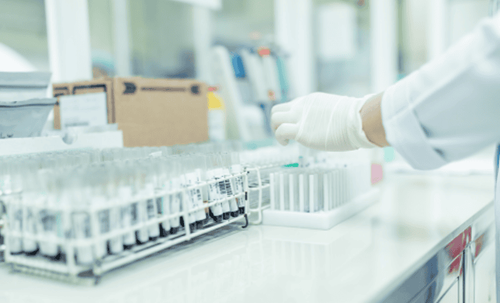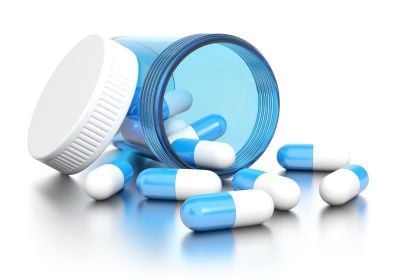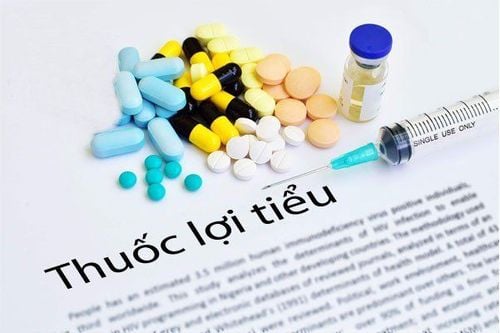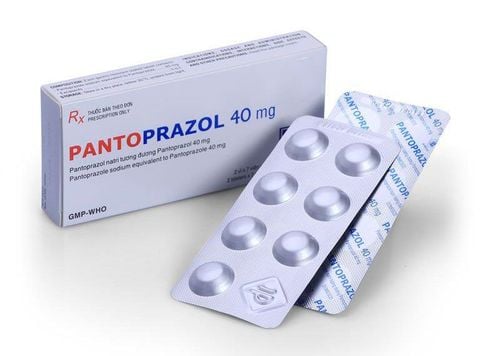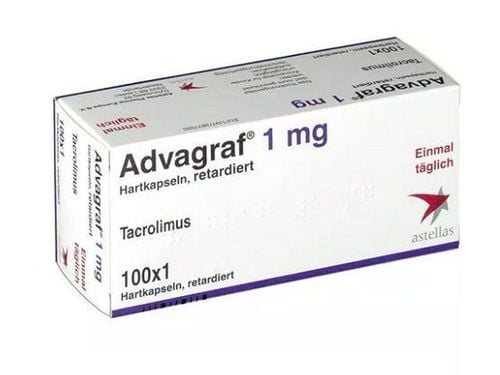This is an automatically translated article.
The article was professionally consulted by Associate Professor, Doctor, Doctor Le Ngoc Hung - Head of Laboratory Department - Microbiologist - Laboratory Department - Vinmec Central Park International General Hospital.Kidney disease also progressed very silently, by the time it was discovered, the condition was already critical. The best way to assess kidney function and detect kidney disease early is to perform an estimated glomerular filtration rate (eGFR).
1. Estimated glomerular filtration rate - eGFR?
Glomerular filtration rate (GFR) is a measure of the amount of blood filtered by the glomeruli per minute. By measuring the level of creatinine in the blood and then calculating a number that reflects the current functioning of the kidneys, we also get an estimated glomerular filtration rate eGFR (estimated GFR). When a person's kidney function is impaired due to kidney damage or disease, the glomerular filtration rate decreases and waste products accumulate in the body and increase in the blood. Conversely, the higher the glomerular filtration rate, the better the kidney function. The normal glomerular filtration rate is about 90-100 ml/min.
The most important function of the kidneys is to filter blood and waste products, keeping only proteins and blood cells. The waste products are secreted, into the filtrate to form urine. It is estimated that 2 healthy kidneys per day will filter about 200 liters of blood and produce 2 liters of urine.
Direct GFR measurement is considered the most accurate for detecting renal changes, but direct GFR measurement is difficult, complicated, requires experienced staff, and is usually only applied at research sites and organ transplant centers. The estimated glomerular locator (EGFR) was therefore used instead.
Estimated glomerular filtration rate (EGFR) is calculated based on serum creatinine. Creatinine is a waste product of muscle tissue that is cleared from the blood by the kidneys and released into the urine at a rate that is normally steady. As kidney function declines, less creatinine is excreted and blood levels rise. Along with the blood creatinine measurement, the EGFR is also constructed.
To measure the estimated glomerular filtration rate eGFR one can use a number of equations based on Creatinine, Cystatin C alone or both, combined with information on age, sex, race, height and weight (children add BUN index - The amount of nitrogen in urea) and then use it to assess kidney function.
2. Why is it important to determine the estimated glomerular filtration rate eGFR?
Basically, estimated glomerular filtration rate (eGFR) is used to:
Screen and detect early kidney damage, helping to diagnose chronic kidney disease. Monitor the current status of the kidneys, assess kidney function. eGFR is a value that indicates how well the kidneys are filtering waste products out of the blood and helps determine any existing kidney damage. eGFR is also the best measure of kidney function, used to assess kidney function in adults and children.
Blood creatinine, Cystatin C, along with estimated glomerular filtration rate eGFR are also commonly used to diagnose and monitor people with diabetes, kidney failure or hypertension: chronic diseases that can lead to to kidney damage.
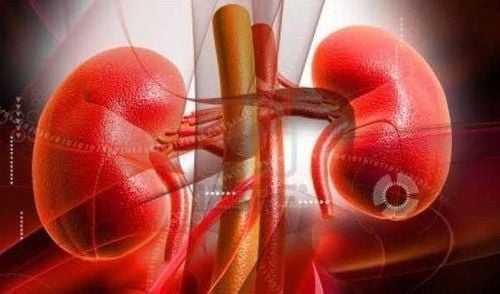
Độ lọc cầu thận ước tính (eGFR) có tác dụng phát hiện các tổn thương của thận
3. How to read eGFR . results
3.1. Normal index In healthy adults, the estimated glomerular filtration rate is above 90 mL/min/1.73 m2.
With age, the level of glomerular filtration will gradually decrease, even for people without kidney disease. The estimated mean glomerular filtration rate in the normal population based on age is:
20-29 years old: mean eGFR 116 mL/min/1.73m2 30-39 years old: mean eGFR 107 mL/min/1.73m2 Age 40-49: mean eGFR 99 mL/min/1.73m2 50-59 years old: mean eGFR 93 mL/min/1.73m2 From 60 -69 years old: average eGFR index is 85 mL/min/1.73m2 From 70 years old and older: average eGFR index is 75 mL/min/1.73m2 3.2. If the eGFR is over 60 If the result is above 60 mL/min/1.73m2, then renal function is normal or near normal and can be considered stable. While there may still be some kidney damage or risk of kidney disease, the best advice is not to be complacent and to continue monitoring, especially if you have one or more high risk factors.
When eGFR is above 60 mL/min/1.73m2, a patient can still be diagnosed with chronic kidney disease (CKD) if signs of kidney damage are present and these signs have persisted for more than 3 months. Conversely, if there are no signs of kidney damage, it is possible to continue to monitor kidney function while choosing and maintaining a healthy lifestyle.
3.3. If the eGFR is less than 60 If the value is less than 60 mL/min/1.73m2, this is an indication that there is some problem with kidney function. To confirm this, your doctor will likely order the blood test again. Tracking changes to eGFR helps doctors see how quickly or slowly the disease is progressing.
To be diagnosed with chronic kidney disease will need to be based on GFR results, if it is continuously below 60 mL/min/1.73m2 for more than three months or is accompanied by some other signs of kidney damage (eg, albuminuria, hematuria, or abnormal ultrasound or renal biopsy results) there is a very high probability that the patient has progressed to chronic kidney disease.
4. Chronic kidney disease
Chronic kidney disease (English is “Chronic kidney disease” (CKD) is closely associated with severe decline in kidney function. CKD can be recognized in a number of common diseases such as diabetes and hypertension. Early diagnosis and detection of kidney dysfunction can reduce kidney damage to a minimum. This is important because symptoms of kidney disease are often not detected until 30-40% of kidney function is lost.
Depending on the estimated glomerular filtration rate eGFR, kidney function is also classified into 5 stages:
Stage 1: eGFR ≥ 90 mL/min/1.73m2 => Normal or newly damaged kidney function minimal kidney damage. But additional urinary, structural or genetic abnormalities can still lead to kidney disease. Stage 2: eGFR is in the range of 60-89 mL/min/1.73m2 => Kidney function shows signs of slight decrease and if accompanied by other abnormalities, it can still lead to kidney disease. If the patient's kidney function has just stopped at stage 1 or 2, the patient will only have CKD if there is albuminuria, hematuria, abnormal pathology or structural abnormalities.
Stage 3a: eGFR is in the range 45-59 mL/min/1.73m2 Stage 3b: eGFR is in the range of 30-44 mL/min/1.73m2 => Kidney function is moderately impaired . Stage 4: eGFR is in the range of 15-29 mL/min/1.73m2 => Kidney function is severely impaired. Stage 5: eGFR <15 mL/min/1.73m2 or starting dialysis => Have had very severe or end-stage renal failure. Estimated glomerular filtration rate eGFR and albuminuria results are combined to assess renal function. The doctor will use this information to determine the best treatment for the patient.
Treatment is also decided based on the cause of kidney damage. Treating diabetes and controlling high blood pressure can help slow the progression or avoid further kidney damage, and reduce the risk of other problems like heart attack and stroke.
5. Matters needing attention
A person's estimated glomerular filtration rate eGFR declines with age, certain diseases, and tends to increase during pregnancy.
The estimated glomerular filtration rate can also be affected by many drugs, for example the antibiotics Gentamicin, Cefoxitin and the cancer drug Cisplatin, which can increase serum creatinine levels thereby distorting the eGFR results. .
In clinical practice, patients with chronic kidney disease may use certain drugs that affect renal function. These drugs need to be dose adjusted, avoided or substituted. These can include some cholesterol-lowering drugs (statins - HMG-CoA reductase inhibitors), non-steroidal anti-inflammatory drugs (NSAIDs), antifungal drugs, antidiabetic drugs, antibiotics, antivirals, and drugs that cause pain. upset stomach or prevent acid secretion in the stomach.
Please dial HOTLINE for more information or register for an appointment HERE. Download MyVinmec app to make appointments faster and to manage your bookings easily.




